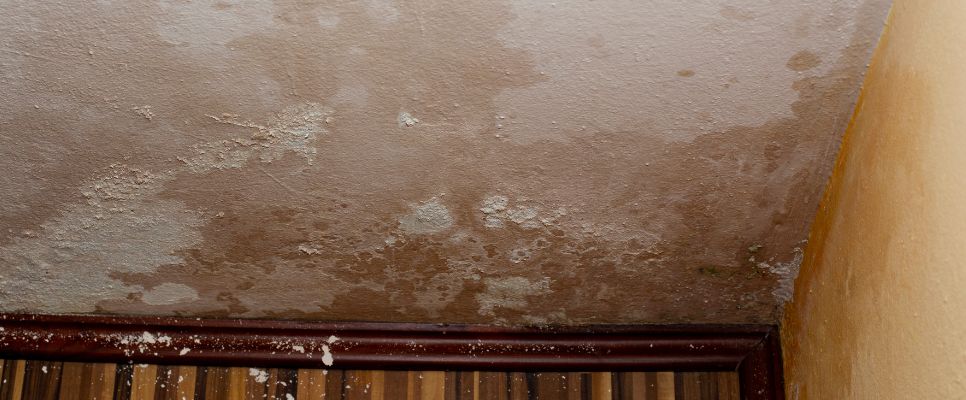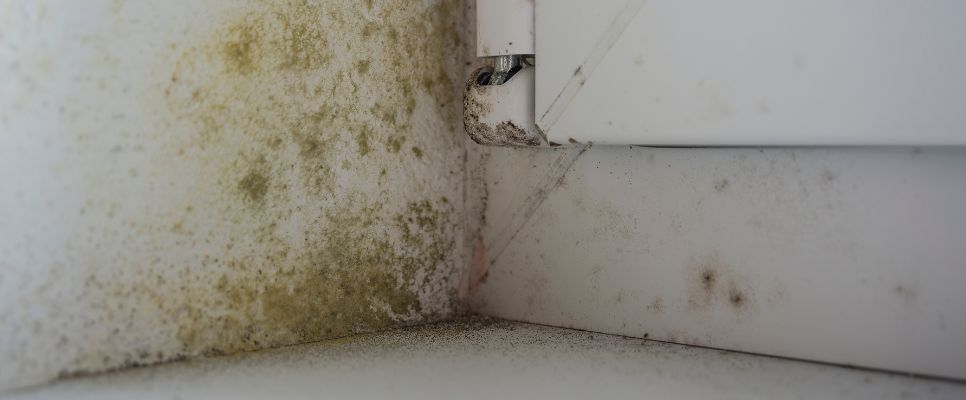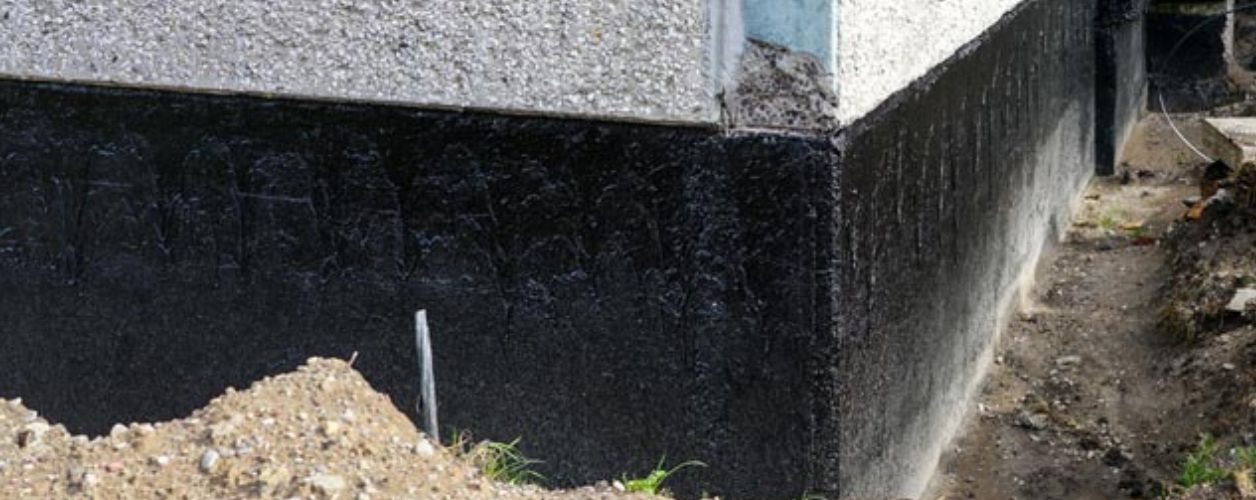Understanding Damp Proofing Costs in Australia: What Homeowners Need to Know
Damp can become a major structural problem if not addressed on time. Most Australian homeowners are concerned about how much damp proofing costs. They always question whether it is worth investing money in it upfront. The fact remains that addressing damp early saves thousands in the long run in repairs. Damp occurs mostly in old homes and poorly ventilated buildings. It appears as black stains on the ceiling or walls. It may also have a musty or mouldy smell. It can damage the structure of your home and even your health. That is why it's best to plan dampproofing when building a new home or renovating your house.
From small residential fixes to full-scale treatments in older homes, costs can vary significantly based on the method used, property type, extent of damage, and location. In this guide, we break down the typical price ranges, cost-influencing factors, and what to expect when hiring a professional damp proofing specialist.
What Are the Signs of Damp?
You may find evidence of dampness in the indoor and outdoor spaces of your home.
- Within your home, mould may develop on your ceilings or walls.
- The paint may begin to peel.
- Wallpaper may bubble and lift.
- You may notice wet spots or moisture marks.
- The plaster may crack or flake.
- Beyond your house, inspect the walls for mould.
- Brickwork or mortar may begin to crumble.
- You might notice white powdery marks on the surface.
- If the wall renders flakes or peels off, that is another indication of dampness.
These symptoms indicate that your home could have a severe damp problem and water is entering or rising from underneath.
Sometimes, high humidity causes these issues. If your windows show a lot of condensation, poor ventilation might be the problem. In such cases, a dehumidifier or better airflow can fix it. But when the signs are more severe, the issue might be structural. That means you’ll need professional damp proofing.

Average Damp Proofing Cost By Method
Damp Proofing Method |
Average Cost (AUD) |
Details |
|---|
Chemical Damp Proof Course (DPC) |
$70 – $120 per linear metre |
Injected into walls to block rising damp |
Membrane Damp Proofing |
$2,000 – $4,000 (total) |
Waterproof membrane applied during construction or renovation |
Tanking Slurry/Waterproof Coating |
$1,500 – $3,500 |
Surface treatment for walls and floors (basements, cellars) |
Exterior Wall Sealing |
$500 – $2,000 |
Waterproof sealants applied to external walls |
Subfloor Ventilation |
$1,000 – $3,000 |
Improves airflow to reduce moisture under floors |
Full Damp Remediation |
$5,000 – $15,000+ |
Large-scale treatment for major damp damage |
What Causes Damp?
Damp is the accumulation of moisture in areas of your home. This consists of walls, floors, ceilings, and even sub-floor areas. There can be many things that cause it. One frequent cause is guttering or pipe damage. Stormwater pipes or downpipes can leak water into your walls or foundation if they are broken. This kind of issue tends to cause falling dampness.
Poor sub-floor ventilation is another cause. Airflow must be allowed into the space between the ground and the floor. If this is not well-ventilated, water is trapped. This leads to timber rot and rising dampness. Debris in the subfloor can impede airflow and bridge the damp-proof course, which causes further moisture issues.
Poor drainage also plays a role. If the ground slopes towards your house or garden beds are too high, water can collect under your home. This creates the perfect condition for dampness to take hold.
Rising and Falling Damp
Rising dampness begins when soil moisture enters your property. It most frequently results from substandard building or previous damp proofing. With time, these mechanisms break down. Rising dampness strikes the lower sections of your floors and walls. A falling damp descends from above. Falling dampness commonly originates from leaky roofs or gutters. Both of these types have devastating consequences and ought not to be dismissed.
Rising dampness may also be exacerbated by humidity, poor drainage, or restricted airflow. If water is entering from the floor or foundation, it could be rising damp. If it's coming in from the roof or guttering, it's falling damp. A dampness specialist can assist you in determining the cause and provide a correct solution.
The Dangers of Damp
Damp doesn't only ruin your walls or floors. It also welcomes pests such as termites and cockroaches. Pests are crazy about damp timber and may easily multiply in wet conditions. There may be health problems too. Damp can lead to allergies, asthma, and respiratory problems, particularly among children or the elderly.
How Much Do Damp Course Cream and Fluid Cost?
Damp course cream and liquid prevent rising dampness. They create a barrier within porous bricks and mortar. You force them into holes drilled within the wall. The liquid diffuses within and prevents moisture from rising. You use around one litre of cream for every 10 metres of a brick wall. That costs you around $70. In the case of double or cavity walls, you use twice the quantity, costing approximately $140 for the same size.
This solution is applicable in new homes and old homes. It is also applicable to triple-brick walls. It is easy to install and inexpensive, particularly if the access is simple.
How Much Does Damp Proofing Cost in Australia?
The price of damp proofing can differ greatly. It will depend on the size of your house, the kind of treatment, and how difficult the location is to access. An estimate to fit a damp-proof course can be anything from $150 to $1000 per linear metre. If it is difficult to reach or extensive, it increases in cost.
Installing sub-floor ventilation ranges from $900 to $3500. It varies with the number of vents you require and how accessible the subfloor is. If you opt for chemical treatments, it will cost you between $75 and $300 per linear metre. This varies with the brickwork and access to the area.
If your roof is producing falling damp, repairs may be required. A small roof repair will range from $200 to $500. Repairing a metal roof will set you back anywhere from $48 to $58 per square metre. Repairing a tile roof will cost more, ranging between $55 to $65 per square metre.
Guttering and downpipes should also be replaced. The PVC guttering will cost approximately $30 to $35 per metre. Zincalume guttering can cost between $30 and $50 per metre. Colour-coated Zincalume will cost between $45 and $67 per metre. The most costly is stainless steel, which will cost between $85 and $160 per metre.
If condensation is your main issue, a dehumidifier might help. A good quality one costs between $350 and $450. This will reduce moisture in the air but won’t fix structural dampness.
On average, the overall expense of dampproofing a house can go up to $5000. This cost does not factor in plaster or render removal. It does not include redecorating, painting, drying, or inspection fees. These additions can increase your overall charges.
Costs by Damp Type
Condensation dampness generally hits kitchens and bathrooms. Cooking or shower steam drops onto chilled walls. Water permeates into the surface and induces mould. Ventilation is the solution. Windows can be opened, exhaust fans used, or a dehumidifier added. Fitting an extractor fan will cost around $300.
Penetrating dampness results from water penetrating from outside. It may occur through cracks, leaking gutters, or loose pipes. Trash in your wall cavity can also provide a bridge that allows water to penetrate. Repairing such may necessitate filling holes or sealing cracks. Damp-proofing external walls typically costs between $2000.
Rising dampness is more difficult to cure and is costly. It occurs when ground moisture rises through your walls. A damp-proof course will prevent it. Be prepared to pay around $2000 for an average-sized house. This expense typically involves chemical injections or installing damp-proof membranes.
Damp Proofing Specific Areas
Certain spots are more susceptible to dampness, including chimneys. Damp in chimneys is usually not noticed until it is serious. It might be from mortar gaps, rising dampness, open pots, missing tiles, or clogged gutters. Repairing a chimney typically involves closing the outside sections and adding a damp-proof membrane. This typically runs $75 per roll, plus labour and scaffolding.
Basements are also at risk. They remain dark and poorly ventilated, and moisture accumulates very easily and remains concealed. Waterproofing a cellar or a basement costs roughly $125 for every square metre.
How to Fix Dampness Problems
Repairing a dampness problem is based on the cause and extent. You need to address it fast before it worsens. A specialist will diagnose what needs to be done and select the appropriate repair. That may involve one or more processes such as fitting a damp-proof course, chemical treatment, or drainage improvement.

Installing a damp course is a general solution for rising dampness. It means installing a physical barrier, typically a sheet of PVC, between brickwork. It prevents moisture from entering your walls by rising. Chemical injections are an alternative. A special liquid is injected into the wall at frequent intervals. It drains through the brick or is pumped in. It creates a waterproof barrier and prevents the transmission of moisture.
Waterproofing is another option. It entails stripping out the existing plasterboard and replacing it with waterproof material. A mix of cement or special waterproof plasterboard is usually employed. Battens can also be installed to provide a tiny ventilation gap between the board and the wall.
How to Hire Damp Proofing Experts?
- Check for Licensing and Insurance: Ensure the expert is licensed to perform waterproofing or damp proofing in your state and carries valid public liability insurance for property protection.
- Ask About Experience and Specialisation: Look for professionals with a proven track record in treating the specific type of damp issue you’re facing—whether it's rising damp, condensation, or penetrating damp.
- Read Reviews and Get References: Check online reviews on platforms like ServiceTasker, Hipages, or Google, and request references from past clients to gauge reliability and quality of work.
- Request Detailed Quotes: Ask for itemised quotes that include diagnosis, recommended treatment method, materials, timeframe, and warranty details for better comparison.
- Confirm Warranties and Aftercare: A reputable damp proofing expert should offer warranties on their work and explain the aftercare process to prevent recurrence.
Conclusion
Water, moisture or damp can seep in from numerous sources—under your building, through your walls, or above. Left alone, it ruins your building, invites bugs, and sickens you. Quick discovery and professional attention can save your home from severe damage. A damp course, ventilation, or roof work -- whatever you might require, investment in the solution of your choice will save your home for good.







